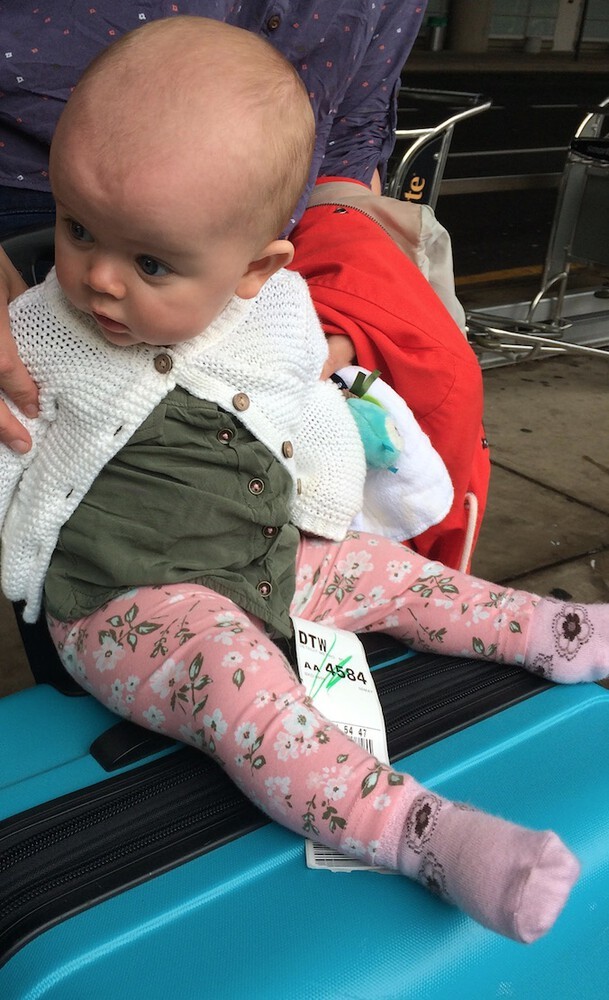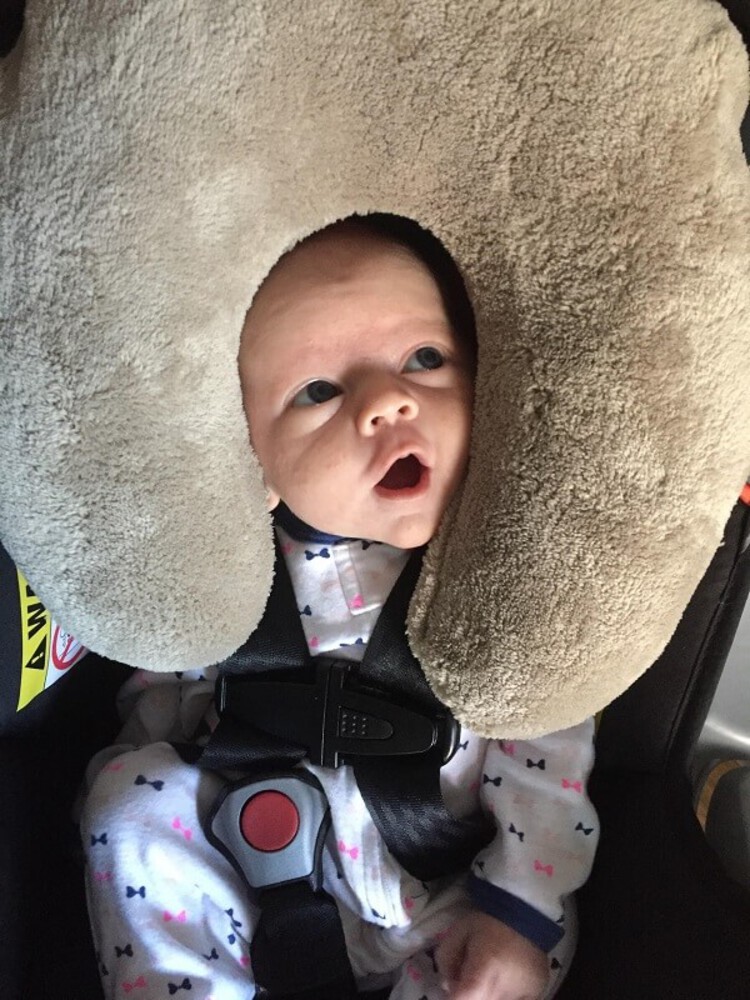
We understand that flying home with your bundle of joy after the flurry of birth can often seem intimidating and daunting. You’re just getting to know one another and even if you’re a frequent traveler yourself, navigating airports and flights with a newborn comes with its own set of challenges.
Luckily we’re here to share some tips and tricks gleaned from years in the industry, as well as feedback from parents who have been there and done that!
Before Flying
Confirm with your airline if they require anything specific for you to fly with a newborn. Most domestic airlines recommend that the baby be a certain number of days or weeks old, but they should allow a healthy newborn to travel no matter the age if you have a doctor’s note permitting them to fly.
You have the option to purchase a seat for your infant and would then need to use an appropriate car seat that is FAA-approved, or you can fly with them as a lap child, which means you would be holding them for the duration of the flight. Baby won’t need a boarding pass but will need a boarding verification document, so check with your airline when booking. Bassinets for in flight use are not typically available on domestic flights, only international, and even then they usually need to be reserved far in advance. Check with your airline when booking.
Feeding Baby
TSA requirements regarding formula and breastmilk are different than the usual liquid allotments for adults in their carry-on baggage. Check the current guidelines here and bookmark this page to show TSA agents if they question you. Any ice packs used to transport breastmilk must be frozen solid when you go through security.
In the Airport
Many parents suggest babywearing in the airport and on the plane in the form of a sling or wrap. It’s often easier than pushing a bulky stroller, it typically keeps baby calm, quiet and sleeping, and it’s hands-free while you’re in your seat. However, proper head positioning is crucial for baby’s breathing, so please make sure you purchase an appropriately sized sling/ wrap for a newborn, follow all instructions, and practice with it until you feel comfortable.
On the Plane

Babies often sleep right through takeoff and landing, but they are unable to intentionally equalize their ear pressure like adults. Therefore, have a bottle or pacifier ready at these times during the flight, since the sucking motion will help their ears pop.
Pack an easily accessible change of clothes for you and your partner in your carry-on baggage in case baby has a diaper or vomit accident while in your arms.
Everyone’s different when it comes to changing diapers mid-flight, since it’s not always easy. If there’s no smell and baby doesn’t seem miserable, some parents just wait until the airport for a diaper change. Others put a diaper one size bigger over the newborn size the baby wears so
that if there’s a blowout it’s still contained. And still others opt to change a diaper while on board, so it’s up to you!
A lightweight bamboo/cotton blanket is small, packable, and can be used to prop up baby’s head correctly, as a cover in a chilly plane without overheating, or to keep others’ prying eyes and fingers away. That being said, remember not to overdress baby, especially if you’ll be wearing him or her.
Additional Info and Resources
Most likely your newborn will sleep soundly during travel, allowing you plenty of time to stare in wonder at your new family member. People fly with babies all the time, so think about your comfort level with various options, make sure you do your research, and reach out to your Match Manager with any questions. Happy travels!
Want to find an interesting way to announce the birth of your child? Check out our 6 ideas here.
Need tips for breastfeeding your surrogate-born baby? Look through our helpful guide.
Try playing music for your newborn. It may just help soothe them to sleep.